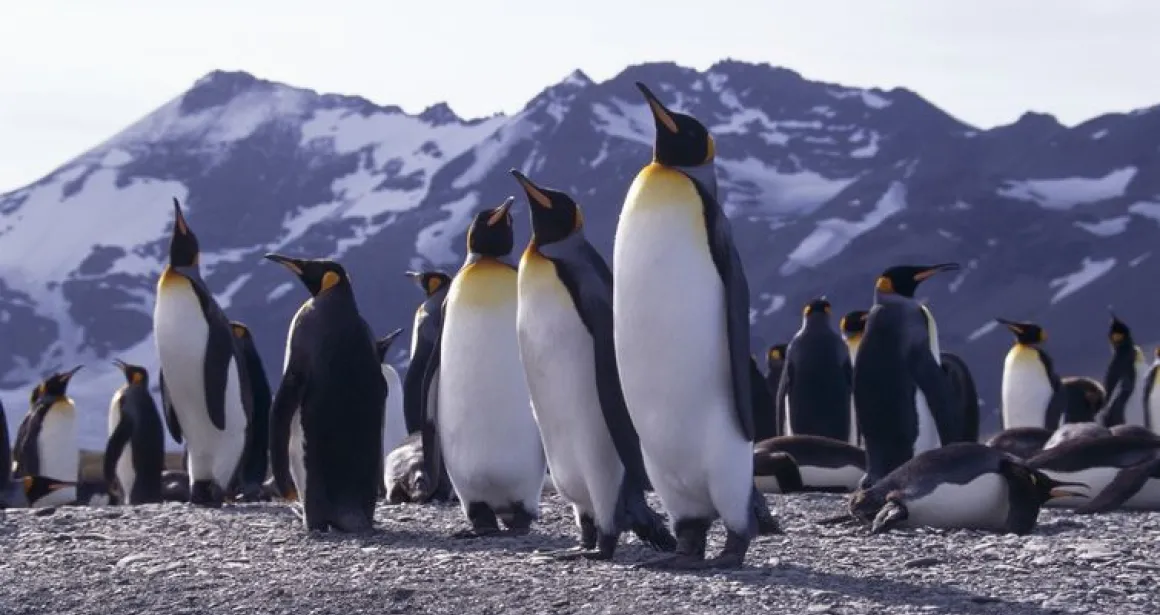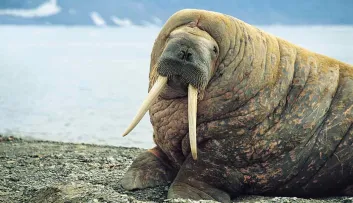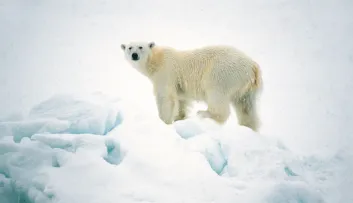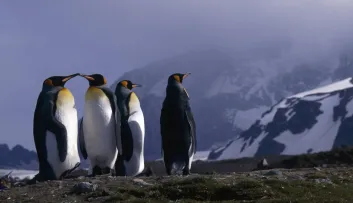Biodiversity Poles 6mn
What animals live in Antarctica?
Considering the extreme climatic conditions of this environment, it is natural to ask the question: what lives in Antarctica?

An abundance of marine life
Animal life is almost non-existent on the Antarctic ice sheet, a vast expanse of glaciers that cover the land and can stretch out to sea. However, it is abundant in the waters of the Southern Ocean, as well as on the coasts around the Southern Ocean and the sub-Antarctic islands.
The marine life in the area is exceptionally diverse.
Krill, a source of food for many species
Waters rich in nutrients and oxygen favour the hatching of plankton. At the base of the food chain, phytoplankton serve as food for krill. It is the generic name for the species of crustaceans of which the best known is Euphausia superba. These species live in large numbers in the cold waters of the Southern Ocean.
Krill biomass, which is the most abundant on the planet, could exceed 500 million metric tons!
The pinkish colour of the huge shoals of krill can be seen by satellite. Krill is a valuable resource that serves as food for fish, penguins, seals, birds and whales.
Fish
There are only 300 species of fish out of the 20,000 that inhabit the world's seas.
Few species, but many individuals thanks to the wealth of nutrients present in the water, which leads to the production of a large quantity of plankton.
What is so unique about these cold-water species? To survive, some produce anti-freeze proteins to prevent them from freezing, or have blood without any haemoglobin, like the icefish Chionodraco hamatus.
Birds
The birds that live in the southern zone represent about 40 species, amounting to 200 million individuals.
These birds include albatrosses, petrels, skuas, terns and of course, penguins.
Penguins, birds that cannot fly!
Seventeen species of penguins live in the Southern Hemisphere, but only 7 species live in Antarctica and the sub-Antarctic islands, i.e. outside the Southern Ocean.
It is home to the Chinstrap penguin Pygoscelis antarctica, the Gentoo penguin Pygoscelis papua and the Macaroni penguin Eudyptes chrysolophus, the Adélie penguin Pygoscelis adeliae, as well as the Eastern rockhopper penguin Eudyptes chrysocale and the King penguin Aptenodytes patagonicus.
Did you know? The emperor penguin (Aptenodytes forsteri) is the only penguin that lives on the Antarctic ice pack. It breeds in Antarctica during the austral winter
These birds live in colonies, near the coasts and cold currents that are high in nutrients and food. Penguins are migratory species that come on land to breed and gather in gregarious groups.
Did you know? The Penguin Map website lists the populations present in the colonies.
Marine mammals
They have long been hunted for their oil and whalebone plates, sometimes to the verge of extinction. These species are notably protected by their listing in Appendix I of CITES, but their IUCN status varies from "Least Concern" for Southern right whales to "Endangered" for sei whales and "Vulnerable" for fin whales and sperm whales.
What are the threats to these whales?
Climate change and commercial harvesting of krill, which impact the distribution of this essential resource in their diet.
Dolphins
The hourglass dolphin Lagenorhynchus cruciger has a black and white coat patterned with a Maltese cross, hence its original name of cross-bearer dolphin. It lives in the waters of the Southern Ocean and sub-Antarctic areas between 45° and 68° latitude South. It can be seen along the coast of Chile, as well as south of the Antarctic Convergence in summer, an area where the waters filled with krill meet the cold Antarctic waters and the warmer waters of the sub-Antarctic regions.
The commerson's dolphin Cephalorhynchus commersonii is a small black and white dolphin that inhabits the cold sub-Antarctic coastal waters of the Kerguelen Islands. It can also be seen in the waters near Patagonia and the Falkland Islands.
Pinnipeds
The phocids include the Weddel seal, Leptonychotes weddellii, and the crabeater seal (the most prolific species), both of which live on pack ice. Their predator is the leopard seal, which is a larger seal that also hunts penguins.
Lastly, the elephant seal, which is a large seal that can measure up to 6 metres and weigh 4 metric tons.
Seals
The Antarctic fur seal Arctocephalus gazella or Kerguelen sea lion lives on the sub-Antarctic islands. Its population is estimated at 1.5 million individuals.
In the eye of the climate
Melting ice caps, rising sea levels, hurricanes, fires... a spectacular journey awaits you: 430m2 of floor-to-wall video projections and an immersive sound system to learn about and experience the effects of global warming! Experience maximum immersion to understand the initiatives you can take in your day-to-day routine.


